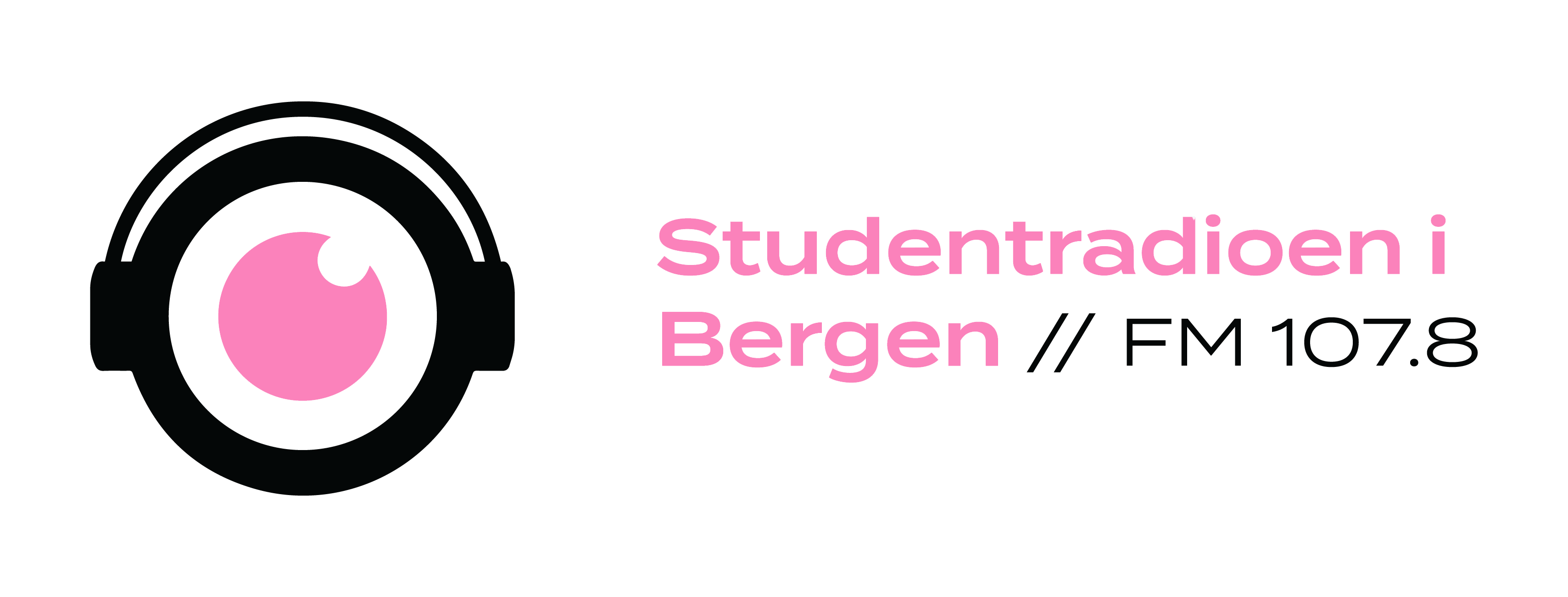This content has been archived. It may no longer be relevant
Not as hectic as its peer hard bop, a genre that fits work in progress better, cool jazz is known for its relaxed tempo and light themes. Where hard bop takes you trough rush hour traffic, cool will walk you trough the park, go sunbathing with you, or comfort you when rain is pounding on your windows during your lazy Sunday.
The birth of cool
One could point at Miles Davis for having officially birthed the genre during his Birth of the Cool sessions in New York, dating back from 1949-50. Not a single parent child however, the genre has many procreators, such as saxophonists Lee Konitz, Gerry Mulligan, Jimmy Guiffre and Paul Desmond, trumpeter Chet Baker, and the pianist Dave Brubeck, most of whom resided on the other coast, in San Fransisco and Los Angles, California. Some say that Cool reflected the laid back California lifestyle, which caused Cool also to be know as the ‘West Coast Sound‘. East or West coast, all of the earlier cool artist shared the same ethos of the need for a more subtle, less uptight flow, a clarity of tone and the avoidance of bombast and needless complexity. Never play two notes when one will suffice, and even be skeptical of that one note.
A quiet revolution
The beginnings of the ‘Cool School‘ in the early 1950s went by as quiet and unnoticed as one could expect of a Cool revolution. But later in the decade, the movement started to make noise, with Time magazine profiling cool bands, and people lining the streets to hear quartets play cool. Having graced the cover of Time magazine two years prior, cool pianist Dave Brubeck released the album Time Out in 1959, a cool jazz record that would reach to number two on the Billboard ‘Pop Album’ chart, ultimately selling over one million copies. By the mid 1960’s however, the age of cool had ended. By that time an era that preferred more intense experiences, whether provided by John Coltrane or Jimi Hendrix, over more subtle and subdued alternatives, had began.
The legacy of cool
Though cool jazz became history, its valuations of emotion over emoting, a distaste of bombast and a willingness to desert standard or ‘hot’ rhythms, where to live on in other musical genres such as minimal, folk music and Bossa Nova. It had also left a lasting mark on language, as many attribute it to this particular jazz-genre that the term cool became widely known slang for laid back, detached or stylish throughout the whole English speaking world and beyond during the 1950s and early 1960s, still being in fashion to this day.

